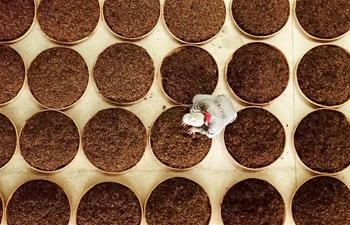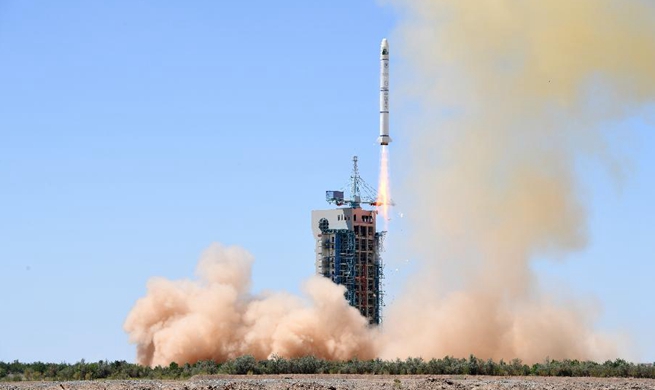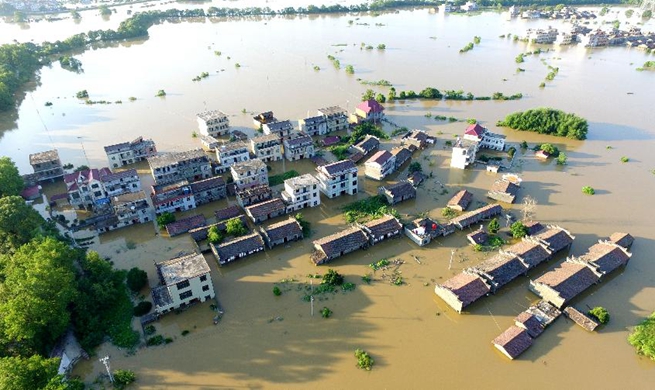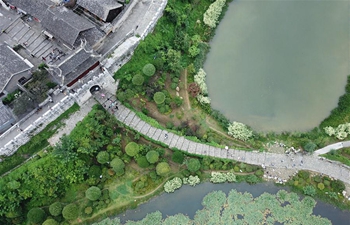CHICAGO, July 9 (Xinhua) -- The Amazon is likely to face continued warming in addition to possible multiyear droughts, a study with researchers coming from several universities including University of Michigan (UM) finds.
The researchers used core samples from Lake Limon on the western edge of the Amazon Basin in north-central Peru to construct a record of elemental abundance, which they interpreted as a proxy for western Amazonian precipitation.
The paleohydrological record identifies 31 dry periods over 1,400 years, roughly double the number simulated by climate models over a similar time period. Over half of the paleo-inferred drought periods last more than seven years, whereas climate models and the instrumental record rarely, if ever, show droughts lasting this long.
"Drought variability in the Amazon is much greater than currently thought," said Jonathan Overpeck, dean of the UM's School for Environment and Sustainability and one of the study's authors.
"Whereas the longest drought in the rain-gauge record is a year, the paleoclimate record shows that droughts of many years, and even some that span more than a decade, have occurred in the recent past."
"Climate change only makes the forecast worse," Overpeck said. "Future multiyear droughts will be hotter and thus more severe than in the past. And with the Amazon's growing population, wildfires become a real threat during times of drought. "
"Resource managers may be planning for future droughts similar to those they have recently experienced: isolated seasonal dry periods lasting a few months," said Luke Parsons, a postdoctoral fellow at the University of Arizona and first author of the study.
"Our work suggests that there is a possibility for even longer droughts, perhaps lasting multiple seasons or years, setting the stage for fires that could clear swaths of the rainforest," he said.
The study has been published online in Water Resources Research, a journal of the American Geophysical Union.

















